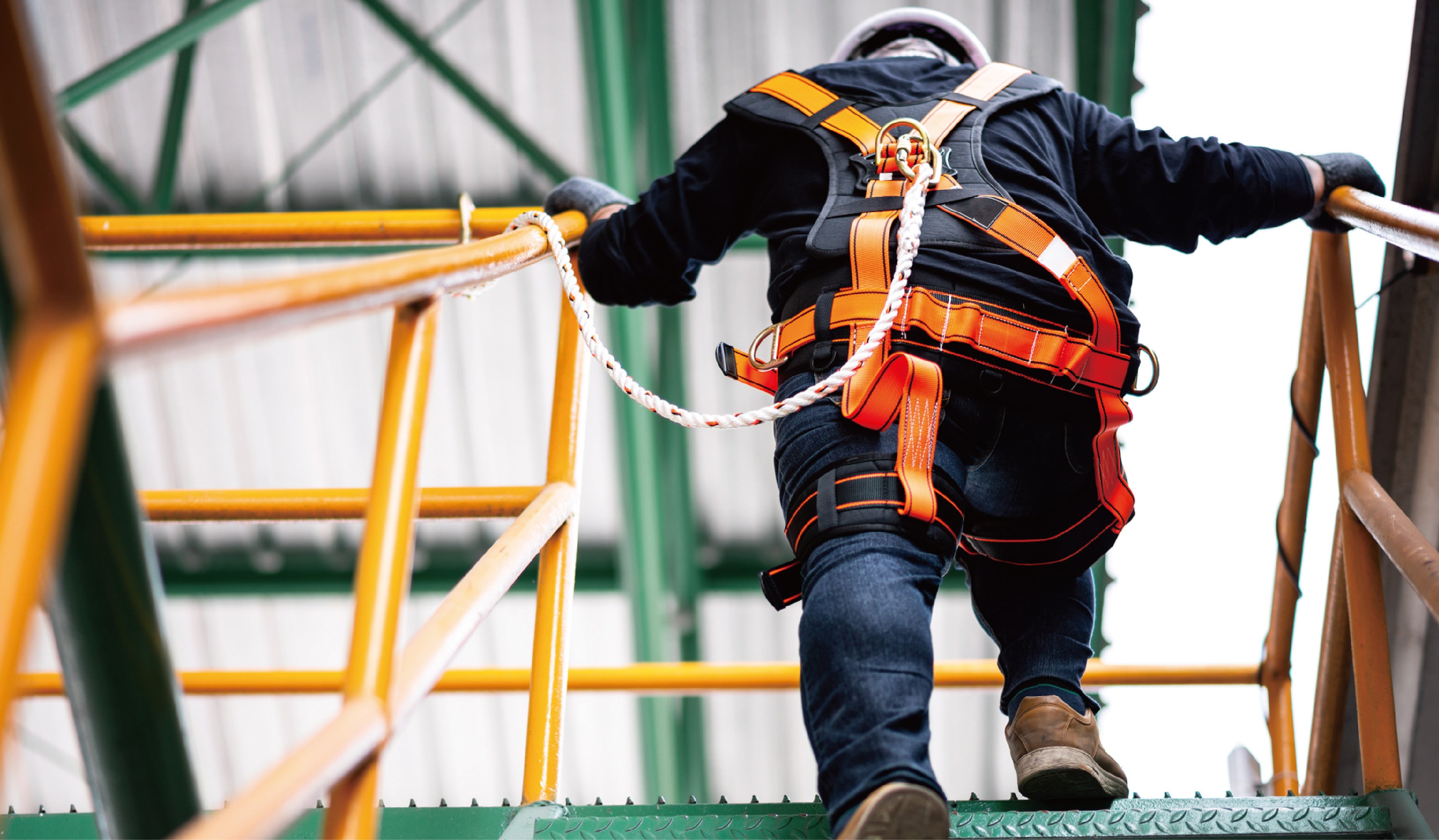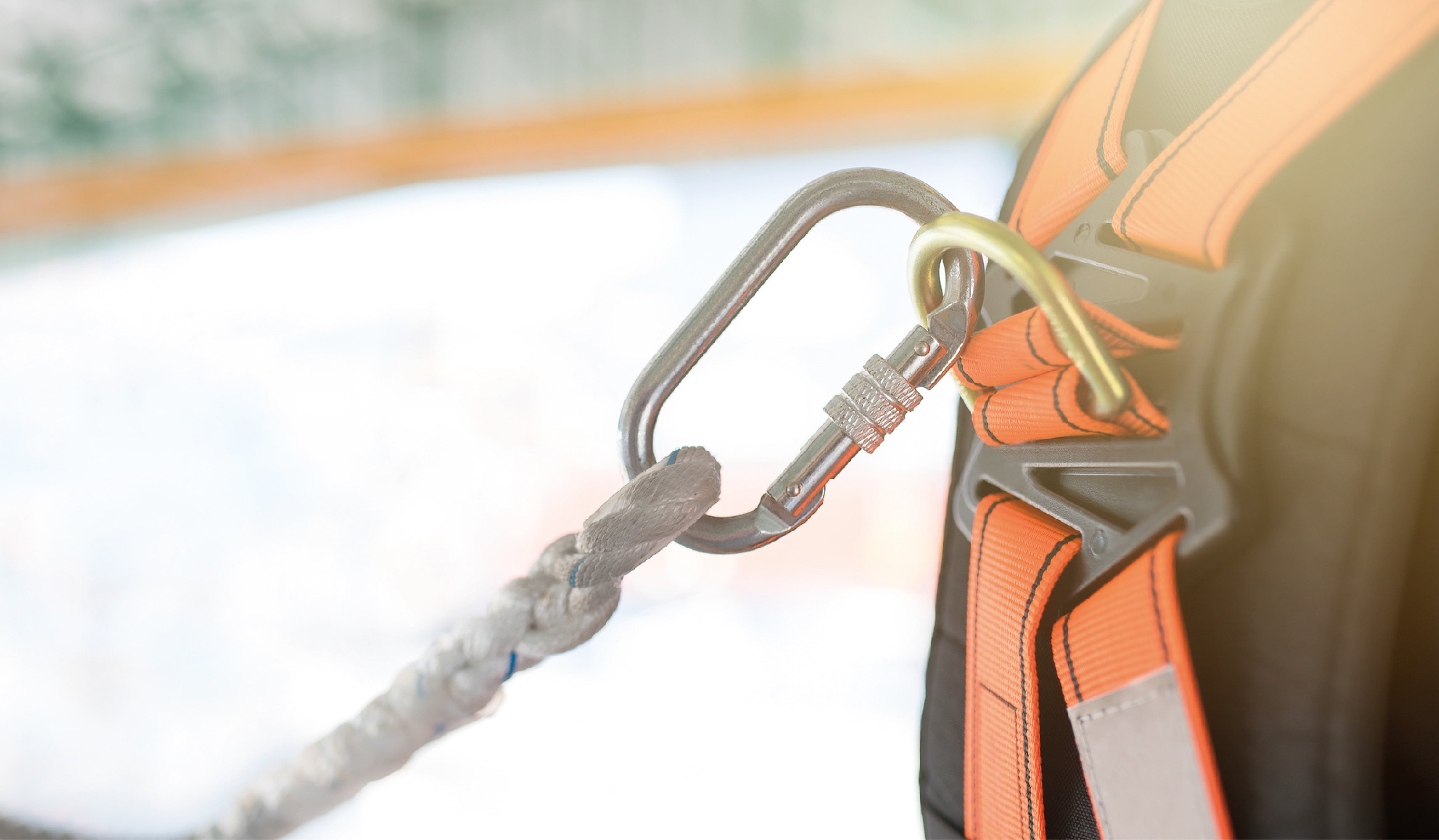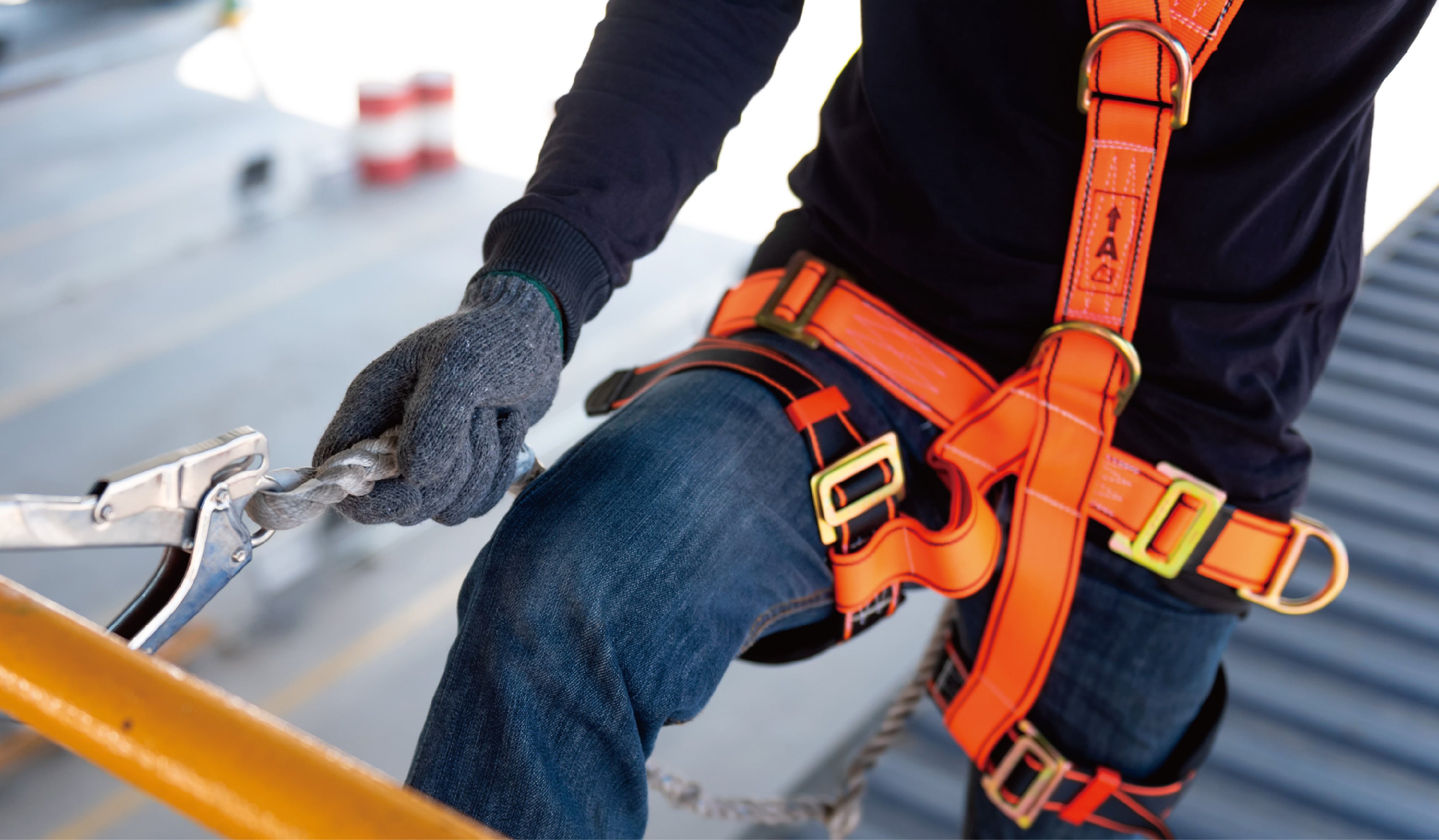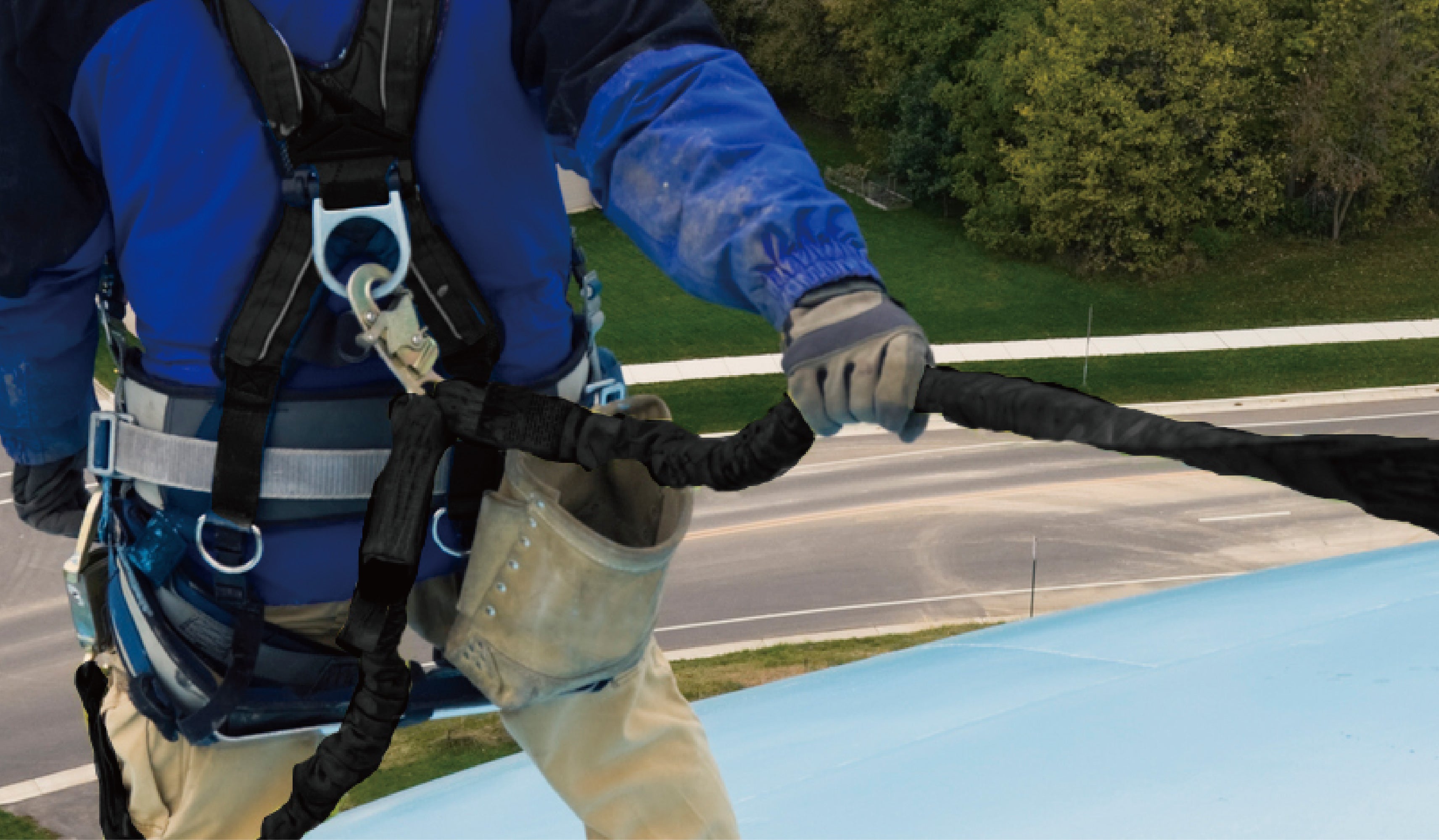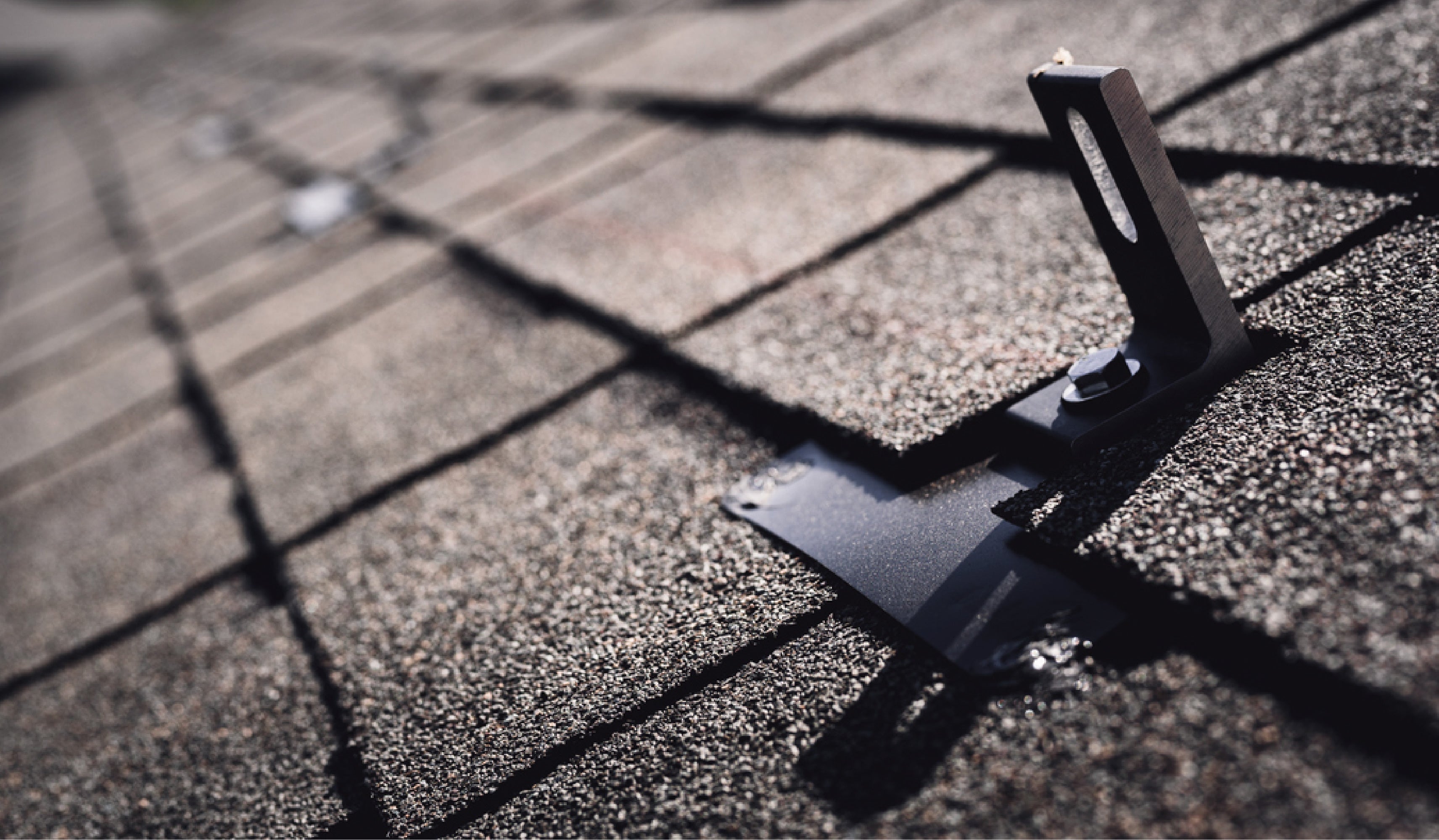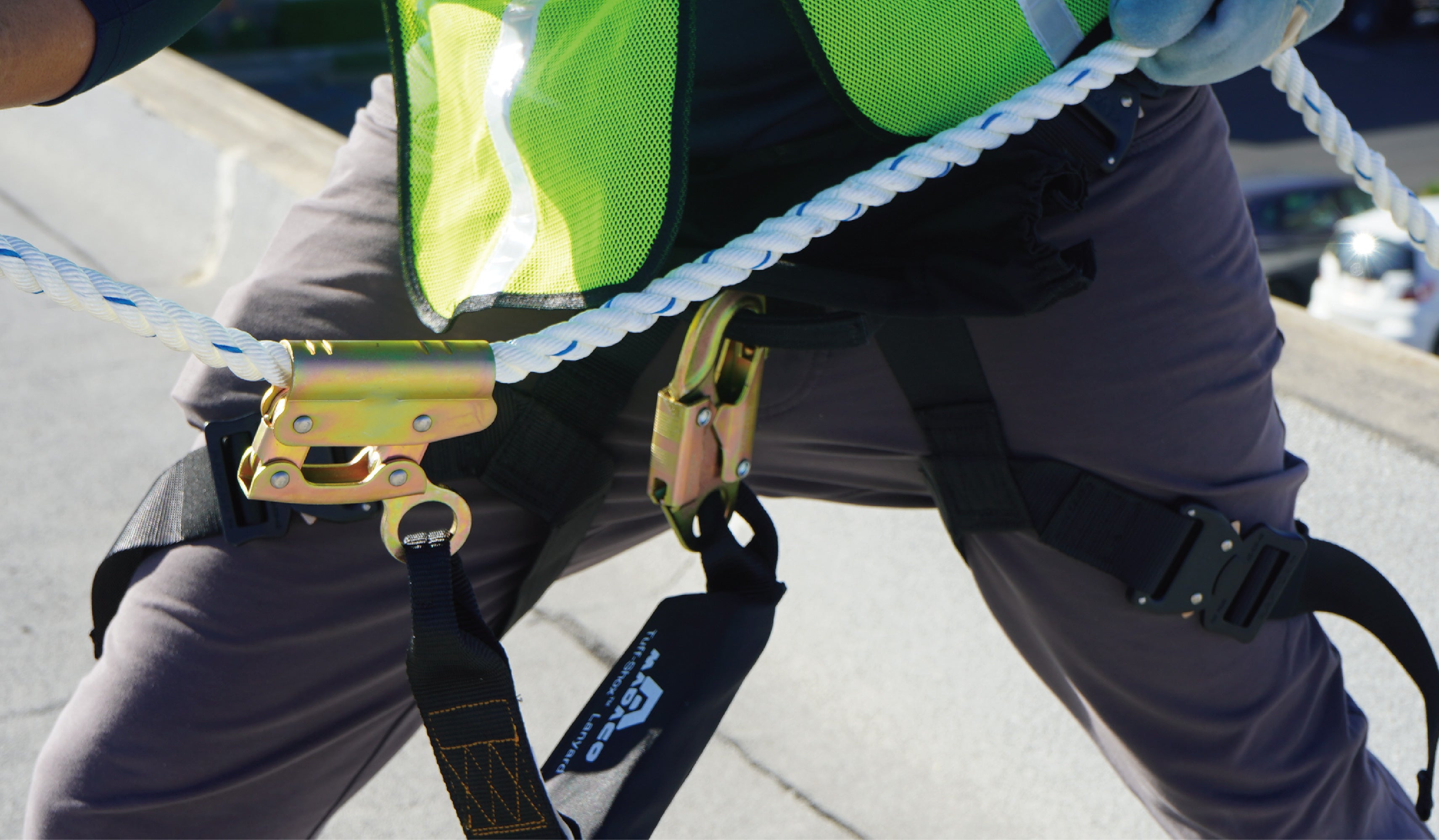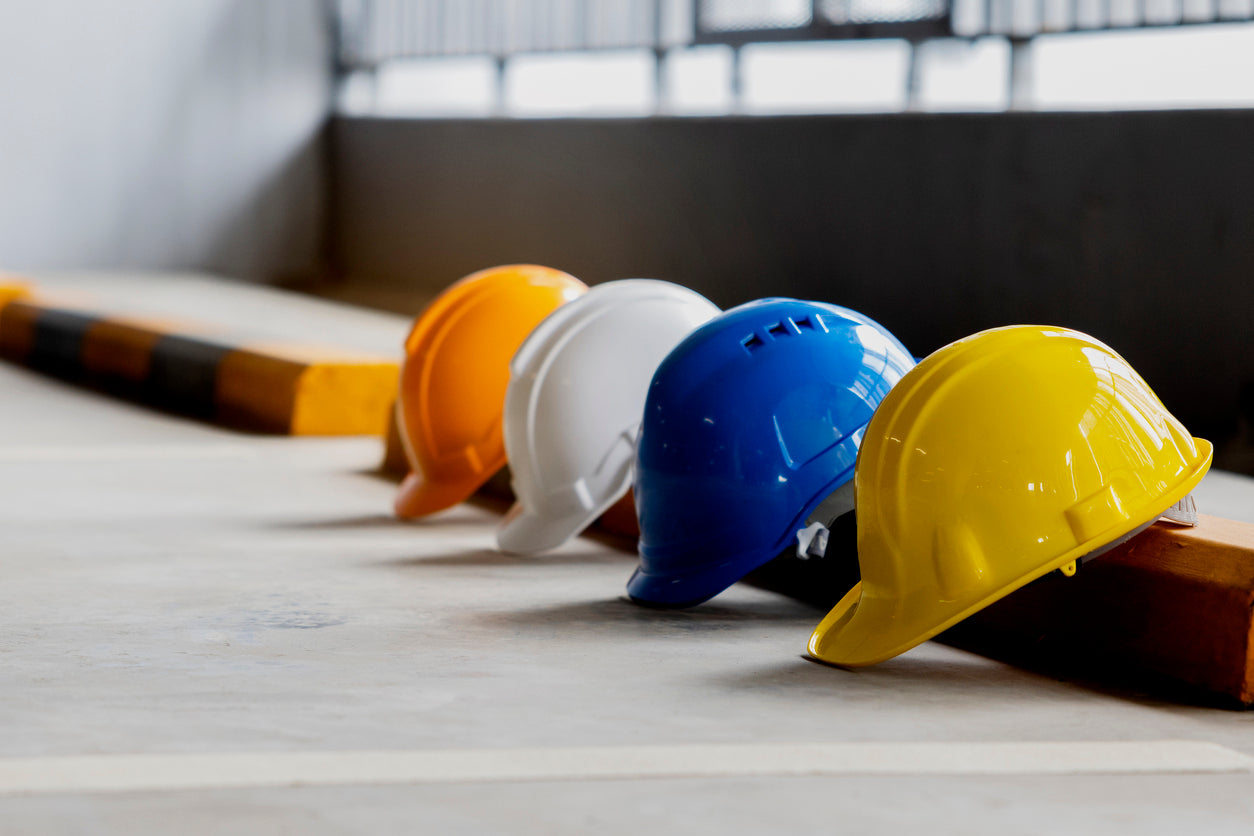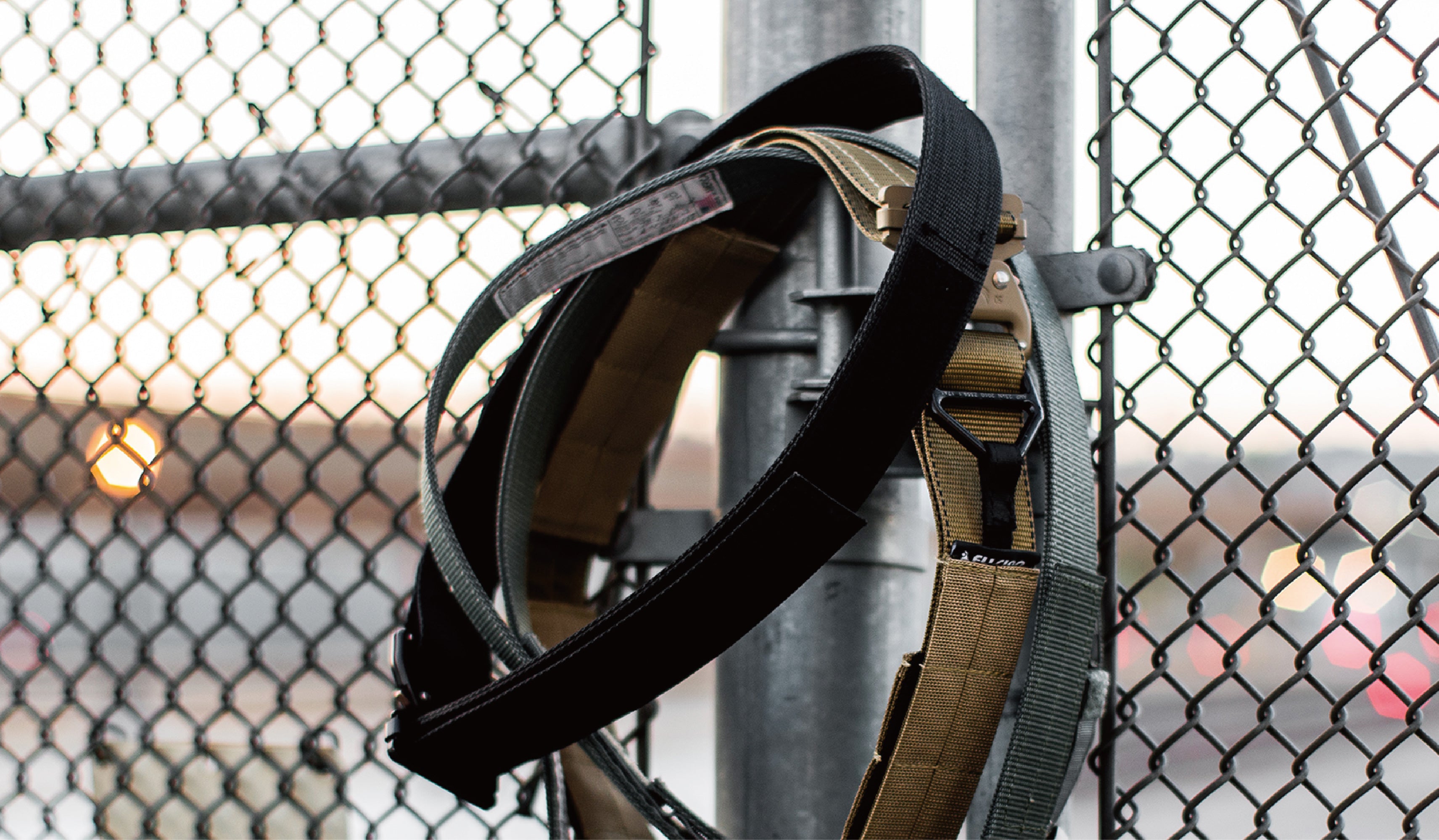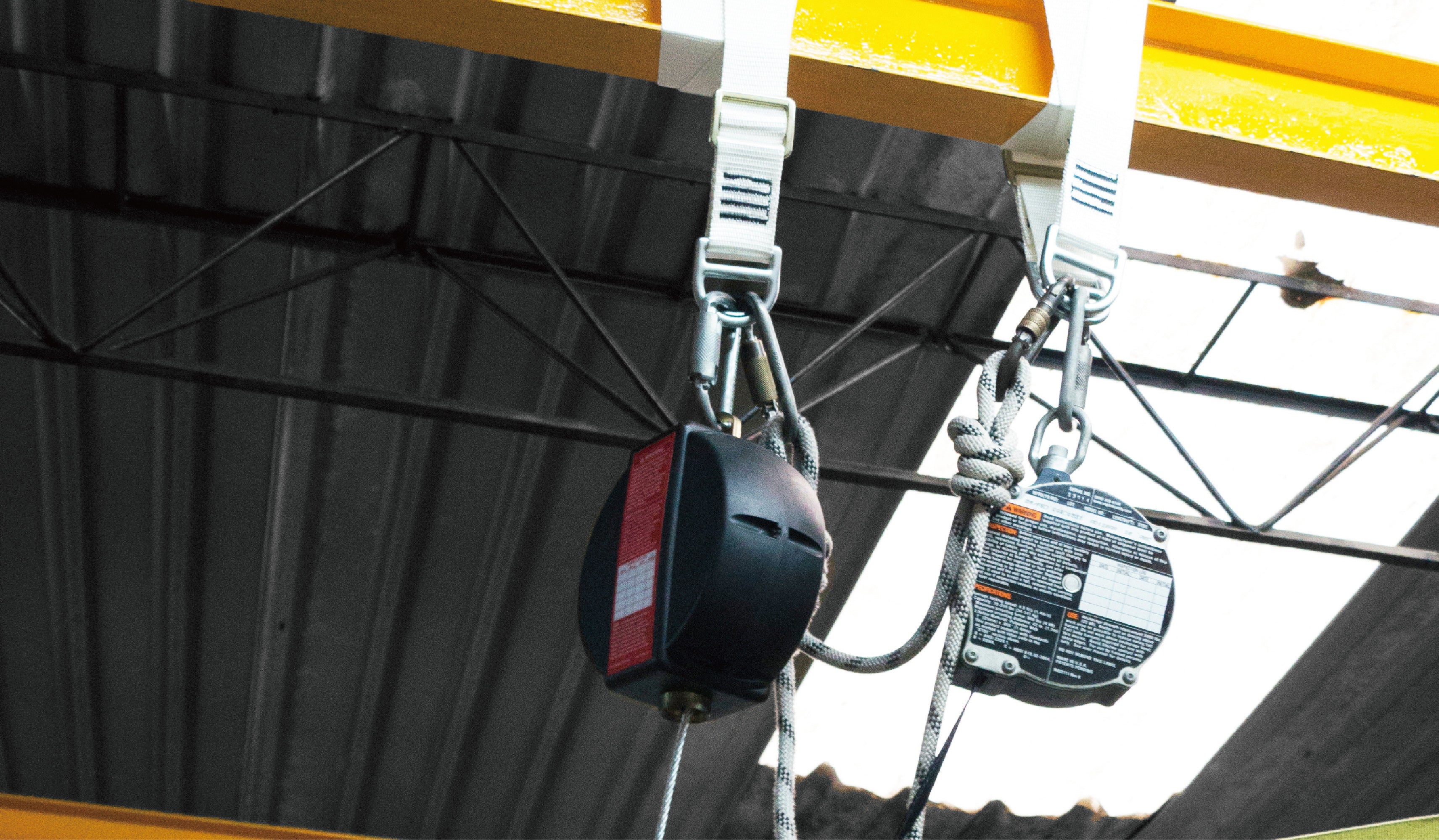Across various industries, accidents involving falls pose a significant risk to employee safety. In the year 2020 alone, 211,640 individuals experienced work-related absences due to slips, trips, or falls, with 805 tragic fatalities resulting from such incidents. Recognizing these hazards, the Occupational Safety and Health Administration (OSHA) emphasizes the imperative for employers to implement specific measures aimed at safeguarding their workforce from the perils of slips, trips, and falls.
One crucial approach to fostering a secure working environment and mitigating fall-related injuries is the implementation of fall protection measures. Delve into the following insights for a comprehensive understanding of what employers should be aware of concerning fall protection and how to shield their employees from potentially devastating harm.

OSHA Fall Protection Standards
OSHA has formulated a set of regulations aimed at safeguarding workers from severe injuries resulting from falls in the workplace. The initial segment of these guidelines commences with broader prerequisites to ensure compliance and mitigate the impact of potential hazardous zones.
- Ensure that employees operate in conditions devoid of recognized hazards.
- Keep work area floors clean and as dry as feasible.
- Select appropriate personal protective equipment and furnish it to workers without charge.
- Educate workers about job-related hazards in a language comprehensible to them.
OSHA mandates employers to implement specific measures addressing the risk of falls. Employers must undertake the subsequent actions to diminish the likelihood of employee injuries due to falls:
- Utilize railings, toe boards, and floor hole covers to prevent workers from inadvertently walking into floor openings.
- Install guardrails and toe boards around elevated open-sided platforms, floors, or runways.
- Deploy guardrails and toe boards around hazardous machinery and equipment, irrespective of height, if employees could potentially fall into or onto them.
- Establish or provide any other fall protection means required for the job or environment, such as safety nets, stair railings, and additional safety measures.
It's crucial to acknowledge that OSHA has specific fall protection standards tailored to the construction industry. According to the Bureau of Labor Statistics, 37.9% of fatal construction injuries result from slips, trips, and falls, underscoring the vital necessity of fall protection. OSHA further delineates fall safety standards in the Code of Federal Regulations – 29 CFR 1926.501.

OSHA Height Requirement
OSHA requires businesses to meticulously prepare their workplaces, aiming to minimize the potential for employee falls from elevated surfaces or into gaps. The determination of elevated risk involves OSHA's utilization of a "minimum height" standard. Yet, this minimum height varies depending on the specific type of work conducted at the job site. The designated minimum heights for distinct work categories are as follows:
Within general industry workplaces, OSHA establishes a minimum height of four feet to assess elevated risks. In the context of shipyards, the designated minimum height increases to five feet. For construction activities, OSHA sets the benchmark at six feet, emphasizing heightened precautions due to the nature of the work. In long shoring operations, where unique challenges may be present, OSHA designates a minimum height of eight feet as a threshold for evaluating and addressing elevated risks. These specified height criteria serve as vital parameters to guide the implementation of effective fall protection measures tailored to the distinct requirements of each work environment.

Types of Basic Fall Protection Equipment
Diverse forms of fall protection exist, encompassing a comprehensive range of safety measures intended to address various aspects of fall prevention and minimize injuries following a fall. The fundamental types of fall protection comprise:
Fall arrest systems - a critical aspect of fall protection, serving as emergency measures to avert contact injuries after a fall. These systems incorporate equipment such as safety nets, shock absorbers, and rope grabs. By restricting the total fall distance, fall arrest systems play a pivotal role in safeguarding employees, mitigating injuries, and averting potential fatalities.
Fall Protection Harness - an essential piece of equipment designed to enhance worker safety at elevated heights. This harness is worn by individuals and is integral to fall arrest systems. It typically includes straps, buckles, and attachment points for securing the user to a reliable anchor point. The fall protection harness is instrumental in distributing forces during a fall, reducing the risk of injury. This key element of personal protective equipment is fundamental in ensuring the well-being of workers operating in elevated environments.
Y-Lanyard - Y-shaped configuration, typically featuring a central anchor point and two arms extending outward, each with a connection point for attachment to a worker's harness or anchor points. allows workers to navigate their workspace more freely while maintaining a secure connection to the anchor point. This type of lanyard is commonly used in situations where workers need to move between different anchor points or work in areas with varying fall hazards.
Shock Pack Protection Lanyard - specifically designed to enhance safety in situations where workers are exposed to the risk of falling from heights. This lanyard incorporates a shock-absorbing mechanism, often in the form of a built-in pack, that helps dissipate the impact force generated during a fall. By absorbing and mitigating the force, the shock pack protection lanyard reduces the stress on the user's body, minimizing the risk of injury.
Self-Retracting Lanyards - his type of lanyard is equipped with a retractable mechanism that allows the user to move freely within a designated range while maintaining constant tension on the lifeline. The retractable feature automatically adjusts the length of the lanyard based on the user's movements, providing flexibility and minimizing the risk of tripping or snagging.
Roof Anchor - serves as a secure attachment point to which workers can connect their fall protection equipment, such as lanyards or lifelines. Roof anchors are typically installed on the structure itself, providing a stable and reliable point for workers to connect to while performing tasks at heights and come in various designs, including permanent and temporary installations.

Train your Employees on Fall Protection
In addition to implementing safety measures, OSHA places the onus on employers to ensure that employees receive comprehensive training on various fall protection safety topics. This training, conducted by OSHA-approved trainers, should present information in a manner easily understood by the employees. The training curriculum is expected to cover the following key subjects:
- Identification of fall hazards, understanding the potential injuries employees may face, and developing the ability to recognize these hazards.
- Familiarity with existing policies and procedures that employees must adhere to to mitigate fall hazards.
- Detailed guidance on the proper procedures for installing, inspecting, operating, maintaining, and disassembling personal fall protection systems and equipment.
- Instruction on the correct utilization of personal fall protection systems and equipment mandated on a specific job site.
By addressing these critical topics, employers can empower their workforce with the knowledge and skills needed to navigate elevated work environments safely, aligning with OSHA's commitment to ensuring a secure workplace for all.

Safeguard Your Business with Adequate Fall Protection Measures
Whether your team operates at heights or within office confines, it's essential to take preemptive measures to prevent falls across all work settings. Establishing fall protection goes beyond mere installation of guardrails and procurement of equipment; it necessitates significant dedication and expertise in prioritizing workplace safety. Recognizing that business owners often have limited time for these crucial endeavors, Madaco steps in
Madaco provides a proactive strategy for fortifying workplace safety. Our specialists conduct thorough inspections of job sites, deliver training tailored to your industry, and generate indispensable safety documentation customized for your business. These initiatives, among others, foster a safer environment for your employees while ensuring your business aligns with OSHA regulations.




